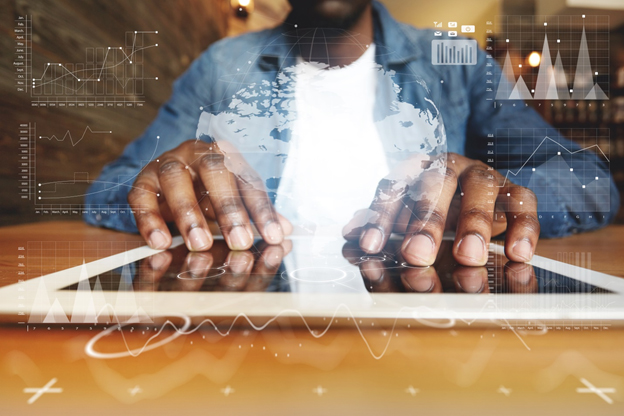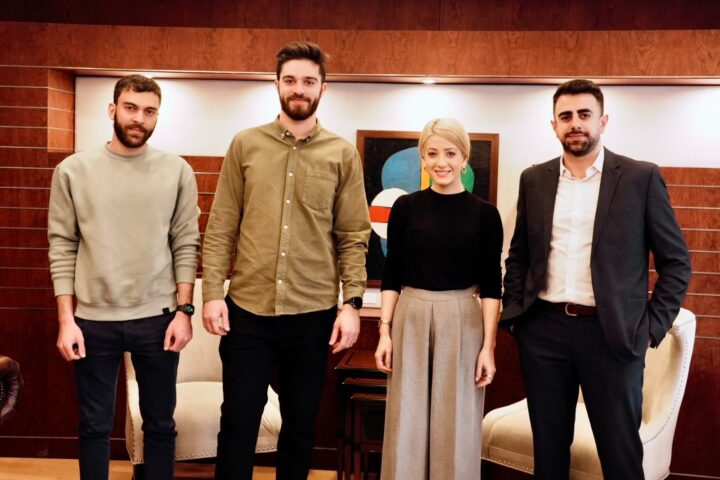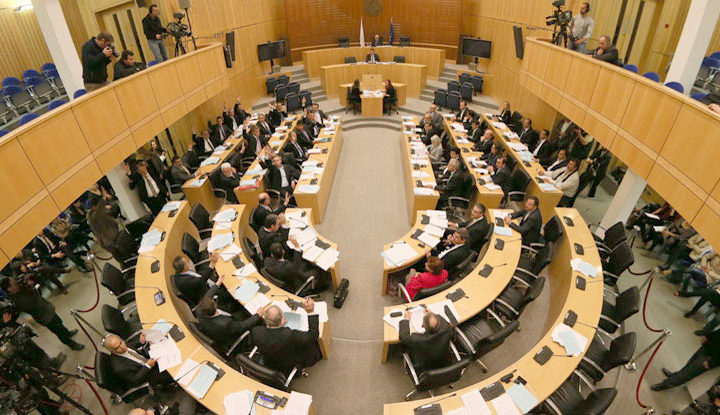Mainly because of the rapid development of technology, visually impaired people can now use assistive technologies relatively often.
Many individuals with disabilities do not only face everyday problems, but they also encounter barriers to all life activities from education to employment and accessibility, which everyone else considers normal and given.
The direct result of this is their active participation in society is hindered, and they become much more vulnerable to social exclusion than others without special needs.
According to a report published by Orbis, 43 million people live with blindness and 295 million people living with moderate-to-severe visual impairment globally.
Market trends reveal that modern devices, such as smartphones and tablets, are becoming cheaper and more accessible to all.
These devices are becoming popular, and interactive learning tools are being developed using state-of-the-art technological advantages.
Assistive technologies in the widest sense of the word are widespread, and their benefits are numerous.
Technologies have evolved significantly over the years, from a typewriter built in the 19th century to help the blind write or a mobile phone application that helps visually impaired people “see” and understand their environment.
Such technologies are designed to allow visually impaired people to perform specific tasks with comfort and ease.
Contrary to the fairly good accessibility that exists on computers, mobile phones and tablets, there are huge problems of accessibility to websites but also applications of public bodies and banks.
The issue becomes even worse if we consider the objective difficulties that exist in visually impaired people’s service from physical stores, such as the requirement from the banks for the existence of witnesses for the processing of even the simplest transaction.
Some traditional banks have installed technologically advanced ATMs with voice commands, but still, their use is difficult.
The Cash Reader application is a mobile application that recognizes most currencies worldwide, from Europe to Australia.
It is based on the assistive technology that “reads” the value of a banknote.
It is optimized for use with iOS VoiceOver and Android TalkBack.
Designed for people with blindness and visual impairment, it offers large, legible characters.
A great advantage is its reliability as it is an offline application.
Individuals with impaired vision now can use their smartphones to perform monetary transactions in the marketplace confidently.
Banknotes can be quickly identified through smartphone applications, and their value is conveyed to the user through spoken audio.
The Be My Eyes application was created to help people with limited or total vision loss.
The application is made by a global community of visually impaired people, but also volunteers.
It uses the power of technology and human communication to give sight to people who have lost it.
Through live video calling, volunteers provide visual assistance to visually impaired people for tasks such as colour matching, checking whether the lights are on, or preparing food.
The application is free and available for iOS and Android.
When a visually impaired person asks for help through the app, a notification is sent to volunteers.
The application then connects a blind or visually impaired person with a volunteer-based on time zone and spoken language.
The first volunteer to respond to the request is directly connected to the one asking for help via live video calling, showing the volunteer footage from the camera of the user’s device asking for help.
At the same time, they listen to each other and thus solve the problem together.
However, traditional assistive technologies include screen readers.
Screen readers display everything on the screen, including the names and descriptions of the control buttons, menus, text, and punctuation.
A user sends commands by pressing different key combinations on the computer keyboard to give instructions to the speech synthesizer.
It allows users to locate text that has been displayed by a particular colour or menu.
Users can also use a spell checker or read the cells of a spreadsheet with a screen reader.
Modern assistive technologies are more mobile assistants and include or are available through a wide range of mobile electronics, including ubiquitous technologies such as mobile phones.
Such distinct technologies can help alleviate the cultural stigma associated with the most traditional and obvious assistive devices.
The first and perhaps the only company to date to adopt universal access practices is Apple.
This is because the company’s products have pre-installed reading and magnifying programs that facilitate the blind and people with severe vision problems, such as voice over and zoom, respectively.
Some options facilitate the use of these devices by people with mobility difficulties, hearing problems, etc.
In recent years, Google has been moving in the same direction, developing the android operating system, installed in a wide range from mobile phones and tablets to smart TVs, electronic brooms, and all kinds of home appliances.
In the world of smart TVs, Apple TV is a pioneer, which is essentially the TV box of the company.
It enables the blind to watch movies and TV series independently, having the voice over to read the subtitles.
In the world of computers, again, Apple is a pioneer.
Having voice-over pre-installed on its computers gives blind and visually impaired people the ability to operate their computers independently.
Microsoft, with the latest versions of Windows, has developed its own screen reader, the narrator.
In the coming years, FinTech applications will continue to use artificial intelligence (AI) more widely than has been seen to date.
Whether it is chatbots that address customer queries, fraud prevention tools that verify the authenticity of documents or analysis algorithms that analyze large volumes of data, the use of artificial intelligence in the FinTech industry will continue to grow significantly.
Face recognition in payment authentication is going to transform the world of e-commerce.
Its rise is largely attributed to affordable accessibility, as millions of mobile phone users have a front-facing camera and compatible software such as Apple’s FaceID.
However, vendors need to develop more effective AI-based verification checks.
Failure to improve the validity of users’ identities during online transactions could undermine users’ trust, especially as counterfeiting efforts increase.
Technology is constantly evolving. It provides solutions and facilitates many processes related to everyday life.
The field of technology or support training for the blind or visually impaired remains a new field and has been mostly limited to home practices.
Accessibility should not only concern the blind and visually impaired but universal access, which concerns all categories of people with disabilities.
By Katerina Michael, Head of Content at www.ecredo.com










